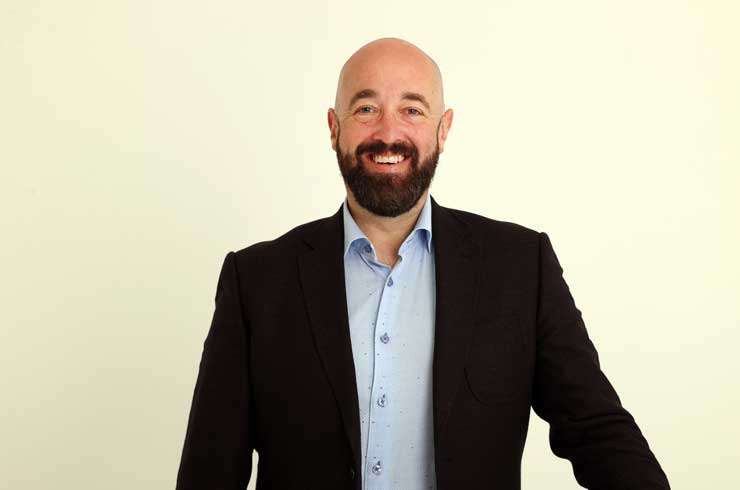ANALYSIS: A lot has been made of the recent changes to how home-buyers get (or don’t get) a mortgage, specifically with regards to how expenses are taken into account in the application.
We've all heard stories about small purchases at Kmart have stopped applicants from getting a new mortgage. This can be frustrating for home buyers as they know that they can reduce spending in the future. The Government announced this month that it would soften the blow of the CCCFA (Credit Contracts and Consumer Finance Act) but until the regulatory pressure is removed from banks in June mortgage applicants will still need to play the game by the rules or continue to be frustrated.
The question then is, how much can someone spend in a month before ruining their chances of a mortgage? To calculate this, we need to understand how the bank calculates your ability to afford a mortgage.
The bank assesses your ability to purchase a property based on you being able to afford a mortgage of around 7% per annum (it ranges from bank to bank but this is a good benchmark to work with). So, to calculate how much you can spend in a month without torpedoing your mortgage application, we need to start with that number.
Start your property search
As an example, let’s say a couple brings home $10,000 of net income per month between them. That is, $10,000 after all tax, student loans, and, importantly, KiwiSaver deductions. They are looking to borrow $800,000 which, at 7% per annum over 30 years, would mean payments of around $5300 per month.
In theory, this should leave the couple approximately $4,700 to spend freely however to really ensure they meet the bank’s criteria, they should probably add an additional $500 to $1000 to the monthly cost (so, in this example, a total of $6300 per month). This is particularly important if the couple has less than a 20% deposit.
After that has been removed from their salary, monthly spending for this couple needs to be approximately $3,700 including food, utilities, future rate payments, hire purchases, car loans, and minimum payments on credit cards. If expenses are more than that, this couple will find getting an application much more difficult.

Rupert Gough: "Mortgage applicants need to play the game by the rules or continue to be frustrated." Photo / Fiona Goodall
So, what’s the best way to make sure this couple doesn’t spend beyond their limit? The couple could make their rental payments (or current mortgage if they’re looking to upgrade) plus their savings total the required $6,300. Importantly, this is cash savings and doesn’t include KiwiSaver because the bank assumes their KiwiSaver payments will continue after they have a mortgage.
If this couple is paying $3300 in rent per month, they would need to put a further $3000 into a savings account. Their current rent plus their savings is now the same as their future mortgage at 7% plus ~$1000 and the bank will likely trip over themselves to offer them a mortgage.
Regular readers will notice this is the “mock mortgage” I have written about in the past. At the time, a mock mortgage was an optional strategy to best present yourself to the bank as a good candidate. But under the amendments to the CCCFA that came into force in December, it went from optional to a requirement.
In summary, to set up a mock mortgage:
- Calculate what your future mortgage will be per month at 7% per annum over 30 years;
- Add $1000 per month to that payment;
- Set up automatic payments so your rental costs and your cash savings are equal to the total number above; and
- The remaining amount that you have in your take-home income is what you can spend throughout the month.
A final note on the extra savings. It’s important not to touch these savings or use them in your monthly expenses. To prove you can afford the mortgage under the bank criteria, you need to show you can have put the savings aside and not touch them. The minute you withdraw money from the savings, you’re indicating to the bank you can’t afford the high-interest mortgage that they are assessing you on.
Is it fair that a mortgage application can’t allow for the fact that spending will change once someone gets a mortgage? I don’t think so. I think it’s completely reasonable to think that luxury spending changes once people own their own homes. But until regulatory pressure reduces for the banks, these are the rules we have to play by. Run your own mock mortgage for at least three months and you’ll likely be at the front of a very short queue at open homes in no time.
- Rupert Gough is the founder and CEO of Mortgage Lab and author of The Successful First Home Buyer.




































































